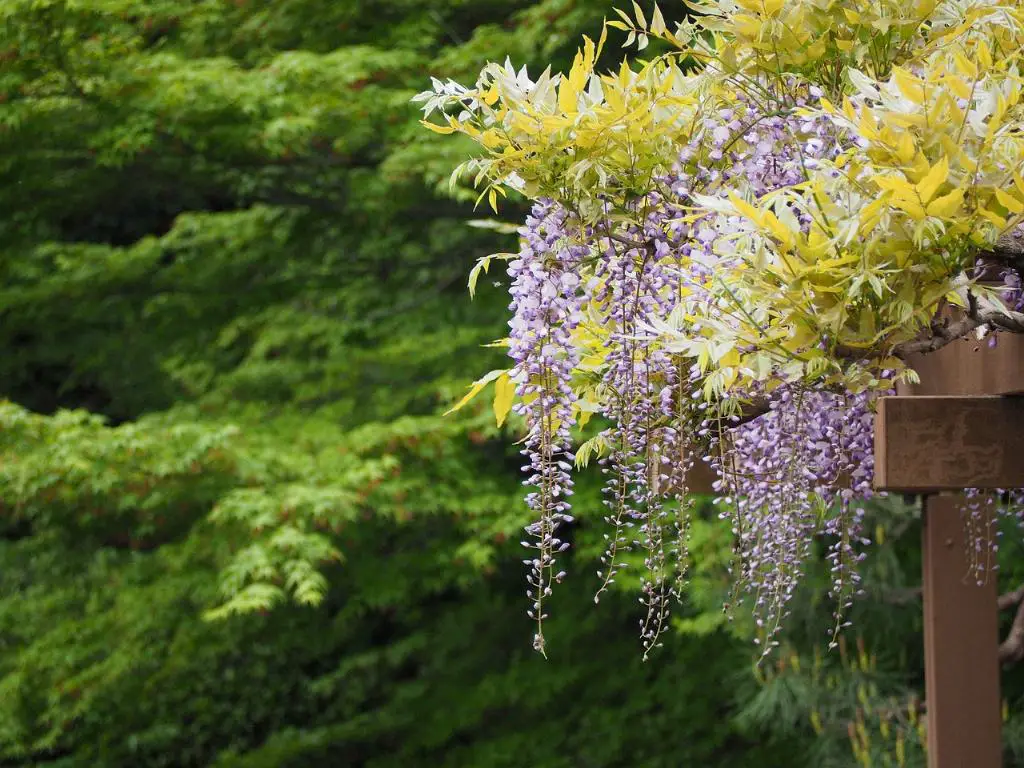When it comes to the ideal zones for wisteria growth, it’s important to consider the specific species of wisteria you are dealing with. American wisteria, scientifically known as Wisteria frutescens, thrives in Zones 5 through 9, encompassing a wide range of climates but excluding the Tropical South. This makes it a versatile option for gardeners in various regions with temperate climates.
On the other hand, Japanese wisteria, or Wisteria floribunda, is renowned for its beauty and fragrance. This particular species is more resilient to colder temperatures compared to its American counterpart, flourishing in even colder climates within Zone 4. This cold hardiness makes Japanese wisteria an excellent choice for gardeners in northern regions.
When it comes to Chinese wisteria, or Wisteria sinensis, this species typically thrives in Zones 5 through 8. While these zones cover a broad range of climates, it’s worth noting that Chinese wisteria has been observed thriving in warmer areas like Florida, where it defies expectations by adapting to the subtropical conditions.
Understanding the preferred zones for wisteria growth is crucial for successful cultivation. By selecting the appropriate species based on your climate zone, you can ensure that your wisteria plants thrive and flourish in their environment. Whether you opt for American, Japanese, or Chinese wisteria, each species has its own unique adaptability to different climate zones, allowing gardeners across the country to enjoy the beauty of these stunning vines.
Consider the specific requirements of your climate zone when choosing a wisteria species for your garden. American wisteria’s versatility makes it a popular choice for a wide range of climates, from Zone 5 to Zone 9, with the exception of the Tropical South. If you reside in a colder region, Japanese wisteria may be the ideal option, as it can thrive in Zone 4 with its increased cold tolerance.
Chinese wisteria, while typically suited for Zones 5 to 8, has been known to adapt to warmer climates, showcasing its resilience and adaptability. This flexibility in climate preference allows Chinese wisteria to grow successfully in unexpected regions, offering a touch of elegance to gardens in both moderate and subtropical environments.
By carefully considering the climate zone in which you plan to grow wisteria, you can make an informed decision on the best species for your garden. Whether you are drawn to the vibrant colors of American wisteria, the cold-hardy nature of Japanese wisteria, or the adaptability of Chinese wisteria, each species offers unique qualities that cater to differing climate zones across the United States.
As you embark on your wisteria gardening journey, remember to take into account not only your plant preferences but also the climate conditions of your region. By aligning your choice of wisteria species with the appropriate climate zone, you set yourself up for success in nurturing and enjoying these enchanting vines in your outdoor space.

